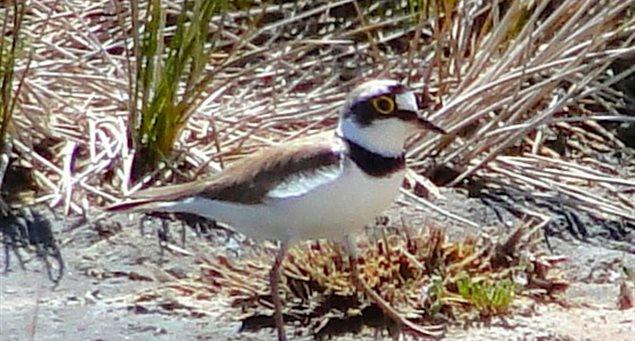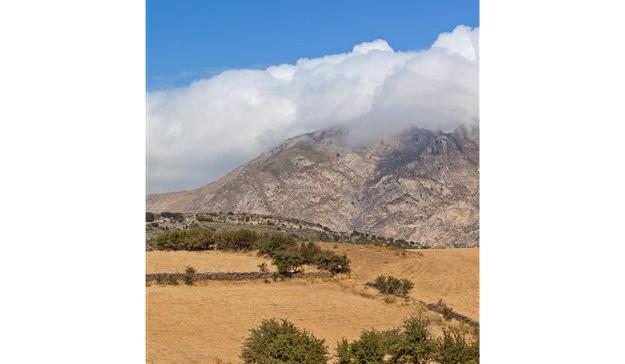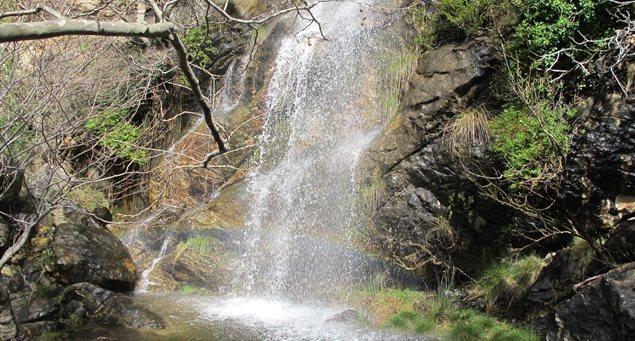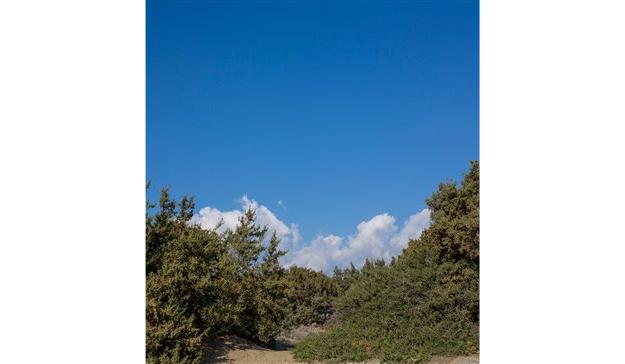
Naxos boasts a varied topography and a broad range of different natural habitats.
From the coastline to the mountain peaks, the various ecosystems alternate harmonically, offering habitats to the richest community of fauna species in the Cyclades.
The most common species of marine mammals encountered in the waters around Naxos are the striped dolphin (Stenella coeruleoalba), and to a lesser extent the bottlenose dolphin (Tursiops truncatus), usually when they follow schools of fish and squid during their seasonal movements through the eastern Cyclades.
The eastern side of the island still harbors a few individuals of the critically endangered Mediterranean monk seal (Monachus monachus), while loggerhead turtles (Caretta caretta) – another species of conservation concern are frequently sighted.
Among terrestrial mammals, hares (Lepus europaeus), rabbits (Oryctolagus cuniculus), hedgehogs (Erinaceus roumanicus) and stone marten (Martes foina) are the best-known and most frequently-sighted wild species.
The relatively poor and dispersed bibliography, the product of old naturalists, also mentions the presence of deer on Naxos – at least until the first quarter of the 19th century- but without proving whether these were individuals of an indigenous population or were – most likely – imported during the previous centuries – a frequent practice during Venetian rule.
Rodents, shrews and bats have not been adequately studied to date, which also goes for almost all invertebrates (insects, spiders, snails, worms etc.)
The amphibians and reptiles on Naxos have been investigated relatively well.
The Cyclades are known for their abundant herpetofauna, and Naxos is no exception. The Green toad (Bufo viridis) and the Balkan frog (Pelophylax kurtmuelleri), the only two amphibian species on Naxos, are frequently found in the same wetlands as the Balkan pond turtle (Mauremys rivulata), which lives in the larger perennial sources of water.
Visitors ought to be aware that any other tortoise species encountered are not indigenous to Naxos, and have probably been freed by well-meaning animal lovers who did not realize that their survival would be very difficult of water.
Naxos hosts several species of lizards, such as the conspicuous Rough-tailed agama (Stellagama stellio), a large lizard often seen basking on dry stone walls.
Even more common, especially on dry stone walls, is the smaller Aegean wall lizard (Podarcis erhardii), the males of which sport anterior green backs during the in spring mating season.
Two species of small gecko, the grey-colored Kotschyi’s gecko (Mediodactylus kotschyi), and especially the pinkish Mediterranean house gecko (Hemidactylus turcicus) can be observed commonly near house lights during warm nights.
In contrast, the large-bodied and shy Balkan green lizard (Lacerta trilineata) prefers thickets and areas with dense vegetation.
Finally, two smooth-scaled species of lizard, the Ocellated skink (Chalcides ocellatus) and the small European snake-eyed skink (Ablepharus kitaibelii) are more difficult to detect and prefer respectively grassy areas and sandy near- shore spots.
Along with lizards, Naxos harbors at least five species of snakes. These animals, frequently under appreciated and misunderstood, play a vital role in the function of local ecosystems by consuming large amounts of rodents and various invertebrate pests.
Much feared, but completely harmless is the Javelin sand boa (Eryx jaculus) a modestly-sized constrictor that spends most of his life underground.
The Four-lined snake (Elaphe quatuorlineata), a large-bodied though harmless snake, is considered a friend of the farmers due to the fact that it preys on rodents.
Rarer species are the Long-nosed viper (Vipera ammodytes),a venomous but shy snake. Also rare are the European grass snake (Natrix natrix) and the European worm snakes (Typhlops vermicularis).
The most visible group of animals on Naxos is undoubtedly the birds. They range in size from the majestic Griffon vulture (Gyps fulvus), which survives in a declining population in the mountain interior, to the small-bodied Crested lark (Galerida cristata).
Naxos attracts hundreds of bird species, many of which are rare or endangered. Raptors, like Bonelli’s eagles, Eleonora’s falcons (Falco eleonorae), hawks and owles, a surprising number of waterfowl including herons, ducks, geese and waders, grouses, swallows and blackbirds, as well as various seabirds, like seagulls, Cory’s shearwaters, Yelkouan shearwaters and shags are either resident or frequently visit the island.




